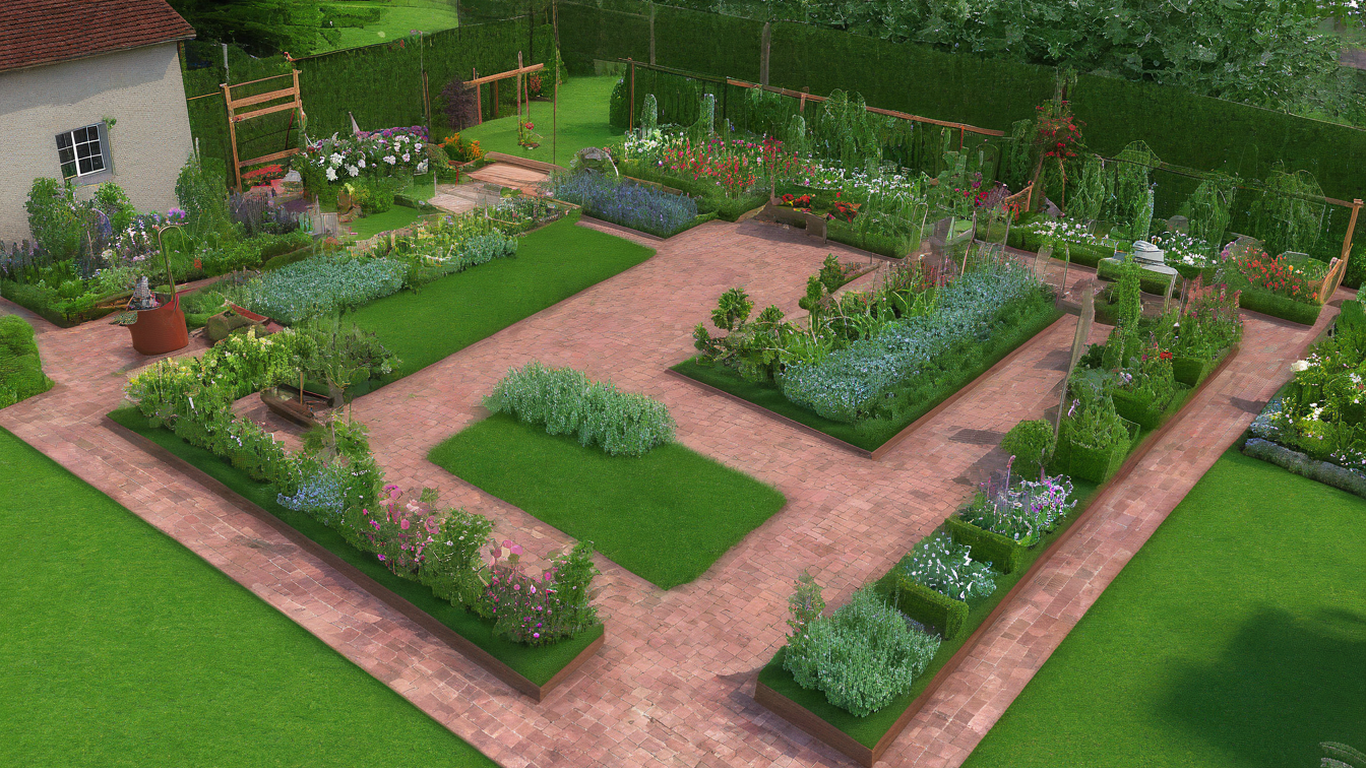Gardening enthusiasts and homeowners alike understand the challenges that tropical storms pose to our beloved gardens. Ensuring the safety of our plants, trees, and garden structures requires careful planning and proactive measures. In this comprehensive guide, we will delve into effective strategies to safeguard our gardens against the harsh impacts of tropical storms.
Understanding the Threat of Tropical Storms
Tropical storms bring with them high winds, heavy rainfall, and potential flooding, all of which can wreak havoc on gardens. Recognizing these threats helps us prepare better and implement necessary precautions.
Wind Damage
High winds can snap branches, uproot plants, and scatter debris, causing significant damage to our gardens. We must identify vulnerable areas and reinforce them to withstand strong gusts.
Heavy Rainfall
Intense rainfall can lead to soil erosion, waterlogging, and root damage. Proper drainage systems and soil management are crucial to prevent water from accumulating and harming plants.
Flooding
Floodwaters can submerge plants, leading to root rot and other issues. We need to ensure that our garden layout facilitates quick water runoff and protects plants from prolonged exposure to standing water.
Preparing the Garden Before the Storm
Pruning and Trimming
Before the storm season, we should prune trees and shrubs to remove weak or dead branches. This reduces the risk of branches breaking off and causing damage during high winds.
Securing Garden Structures
Garden structures such as trellises, arbors, and greenhouses need to be securely anchored to the ground. Using stakes, anchors, and heavy-duty ties can help prevent them from being uprooted or damaged.
Protecting Plants with Covers
We can use burlap, garden fabric, or plastic sheeting to cover vulnerable plants. These coverings shield plants from wind and rain while allowing air circulation, reducing the risk of fungal diseases.
During the Storm: Immediate Actions
Bringing Potted Plants Indoors
Potted plants are particularly vulnerable to storm damage. Bringing them indoors or placing them in a sheltered area can prevent them from being blown away or damaged by heavy rain.
Stabilizing Tall Plants
Tall plants and trees should be staked or tied to provide additional support. This minimizes the risk of them being uprooted by strong winds.
Managing Water Flow
Ensure that drainage systems are clear of debris and functioning correctly. Redirecting water away from plant beds and into proper drainage channels helps prevent waterlogging and root damage.
Post-Storm Recovery: Restoring the Garden
Assessing Damage
After the storm, we should inspect our garden for any signs of damage. Look for broken branches, uprooted plants, and signs of water damage. Promptly addressing these issues helps prevent further harm.
Pruning and Cleaning Up
Remove any damaged or broken branches from trees and shrubs. Clearing debris from the garden not only improves its appearance but also reduces the risk of pests and diseases.
Soil Management
Soil may have been compacted or eroded during the storm. Aerating the soil and adding organic matter can help restore its structure and fertility, promoting healthy plant growth.
Replanting and Mulching
Replant any uprooted plants and add a layer of mulch around them to retain moisture and suppress weeds. Mulching also helps regulate soil temperature and provides additional protection to plant roots.
Long-Term Strategies for Garden Resilience
Choosing Storm-Resistant Plants
Selecting plants that are naturally resilient to storms can reduce the risk of damage. Native plants and those with strong root systems are often better equipped to withstand harsh weather conditions.
Building Windbreaks
Creating windbreaks using hedges, fences, or rows of trees can help reduce wind speed and protect more vulnerable plants. Strategically placed windbreaks can make a significant difference in minimizing wind damage.
Enhancing Soil Drainage
Improving soil drainage through techniques such as adding compost, installing French drains, or creating raised beds can prevent waterlogging and root damage during heavy rainfall.
Regular Maintenance
Consistent garden maintenance, including pruning, weeding, and soil care, ensures that plants remain healthy and resilient. Regularly checking and reinforcing garden structures also helps maintain their stability during storms.
Conclusion
Protecting our gardens during tropical storms requires a combination of preparation, immediate action, and post-storm recovery. By implementing these strategies, we can minimize damage and ensure the long-term health and beauty of our gardens.
